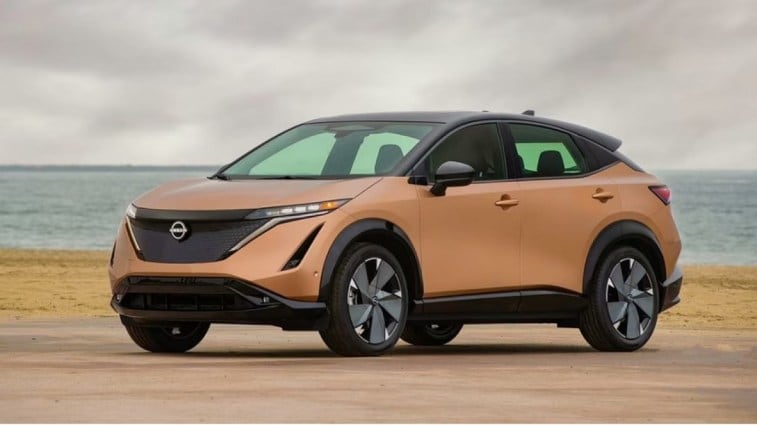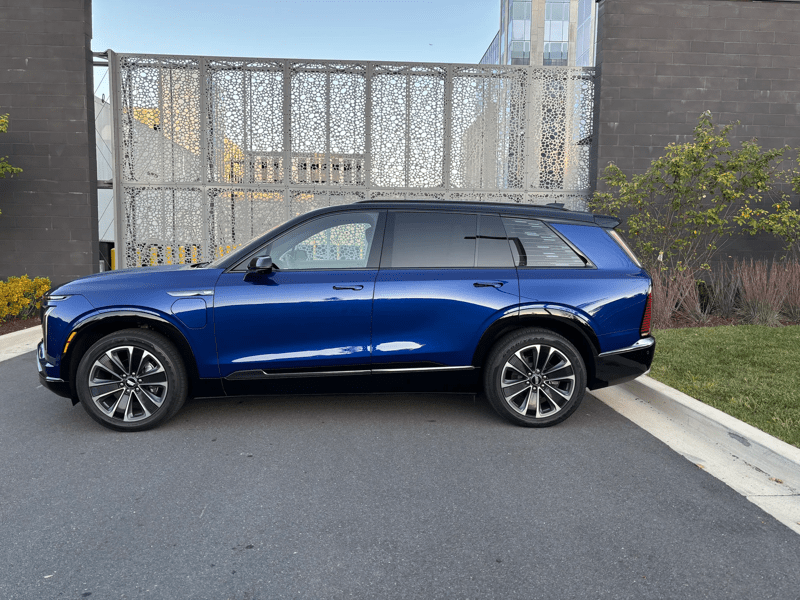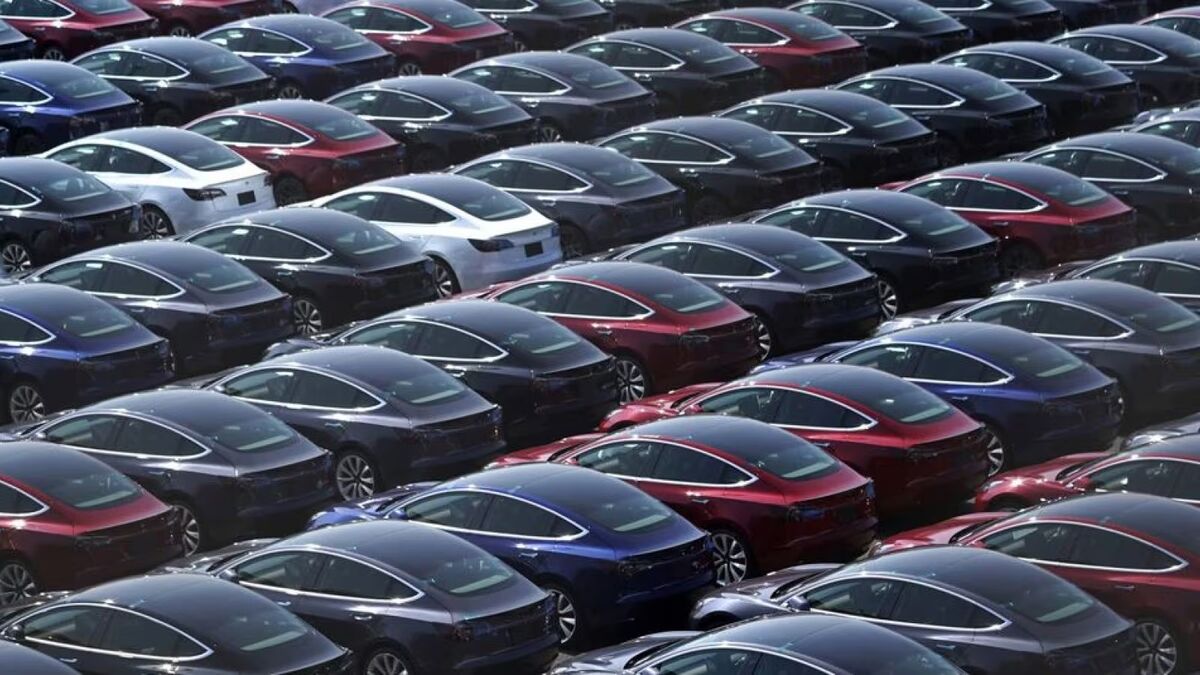
The move makes Nissan the latest in a long line of automakers to adopt Tesla’s charging plug and the first Asian automaker to do so.
The company will provide buyers with adapters that allow them to use Tesla chargers next year. In 2025, it will build electric cars destined for the North American market with Tesla’s plug.
The Problem: Three Different Plugs
Manufacturers sell several dozen models of electric vehicles (EVs) this year. But they don’t all charge from the same type of plug.
Tesla’s EVs use their own proprietary plug. Tesla calls its plug the NACS. Until recently, though, none of the three major plugs could be called standard.
Most other EVs on the market in 2023, including the Nissan Ariya, use a different plug known as the Common Charging System (CCS). It is virtually standard in Europe.
The Nissan Leaf uses a third, ChaDeMo, which is close to standard in Asia.
RELATED: Electric Car Charging: Everything You Need to Know
EV charging stations don’t all carry every plug. So EV drivers know they can’t charge at every charging station — they must find the right station for their car.
Separate Networks, One Behind Walls
Tesla also operates its own nationwide network of charging stations – America’s largest. Until recently, it served only Tesla owners.
Owners of other brands’ EVs have access to a patchwork system of networks operated by third-party companies using the CCS and ChaDeMo plugs.
A recent study found that more than one in five charging attempts fails due to broken chargers and faulty payment systems. Tesla’s network has a reputation as being far more reliable.
That gave Tesla a significant competitive advantage over its rivals.
Most EV owners do most of their charging at home. But for those who planned to use public chargers often, buying a Tesla could be the right move even if another car seemed like a better fit for your needs because charging it was that much simpler.
Tesla Plug Taking Over
That has all changed quickly this summer. In late May, Ford negotiated an agreement that saw Tesla open its charging network to owners of Ford EVs. Ford plans to give owners adapters to make charging at Tesla stations possible starting in 2024 and build the Tesla NACS plug into its cars starting in 2025.
General Motors quickly followed suit. Then Volvo, Mercedes, and others joined. Until now, no Asian automaker had signed on. But Nissan’s move gives it a competitive advantage over Honda, Hyundai, and other rivals in American sales. They won’t likely sit by and let that happen.
SAE International (formerly the Society of Automotive Engineers) has agreed to administer the NACS standard.
With all the dominos falling, all that remains is for the federal government to join the rush.
Last summer, The Inflation Reduction Act made billions of federal dollars available to build new chargers. But Federal Highway Administration rules require the CCS connector on chargers built with taxpayer funds.
That makes less and less sense by the day as Tesla’s plug displaces CCS on more cars.
A Federal Highway Administration spokesperson told Reuters last month, “Our technical experts are having active conversations with automakers, charger manufacturers, and standards-setting bodies to ensure federal investment continues to support a reliable, convenient, and user-friendly charging experience for all drivers.”







